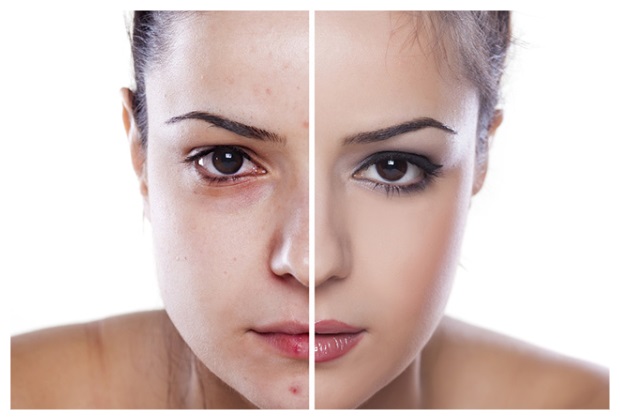
Drug-induced alterations in pigmentation are relatively common, resulting from a variety of endogenous and exogenous pigments, and can be of significant cosmetic concern to the patient.
Causes of Drug-Induced Pigmentation
Increase in melanin ACTH, phenytoin, estrogen/progesterone.
Increase in hemosiderin Minocycline.
Increase in exogenous pigment Minocycline (metabolite of minocycline).
Symptoms of Drug-Induced Pigmentation
Brown or blue-grey patches will develop in areas of the skin exposed to the sun, including the face, tops of the ears, V of the neck, and outside of the arms.
brown or blue-grey patches will develop in areas of the skin exposed to the sun, including the face, tops of the ears, V of the neck, and outside of the arms.
Treatment
Although drug-induced skin pigmentation appears to be rather benign it can become cosmetically disfiguring. In many cases once the offending drug has been stopped, fading of the lesions occurs. However, in some cases the pigmentation may last a long time or become permanent. Because many drugs that induce skin pigmentation also cause photosensitivity reactions, sun protection is usually recommended.
References